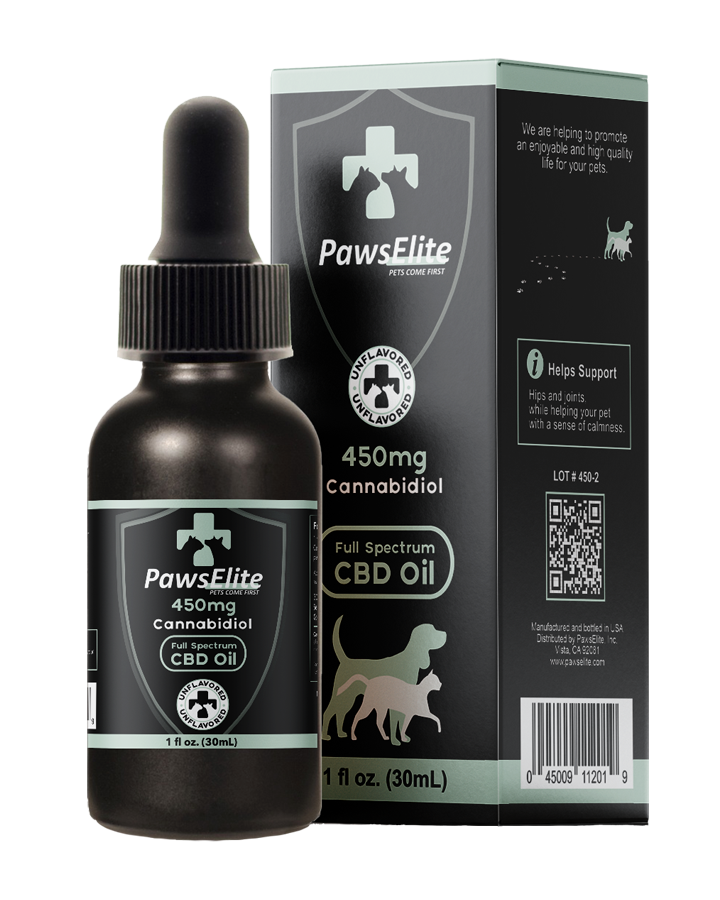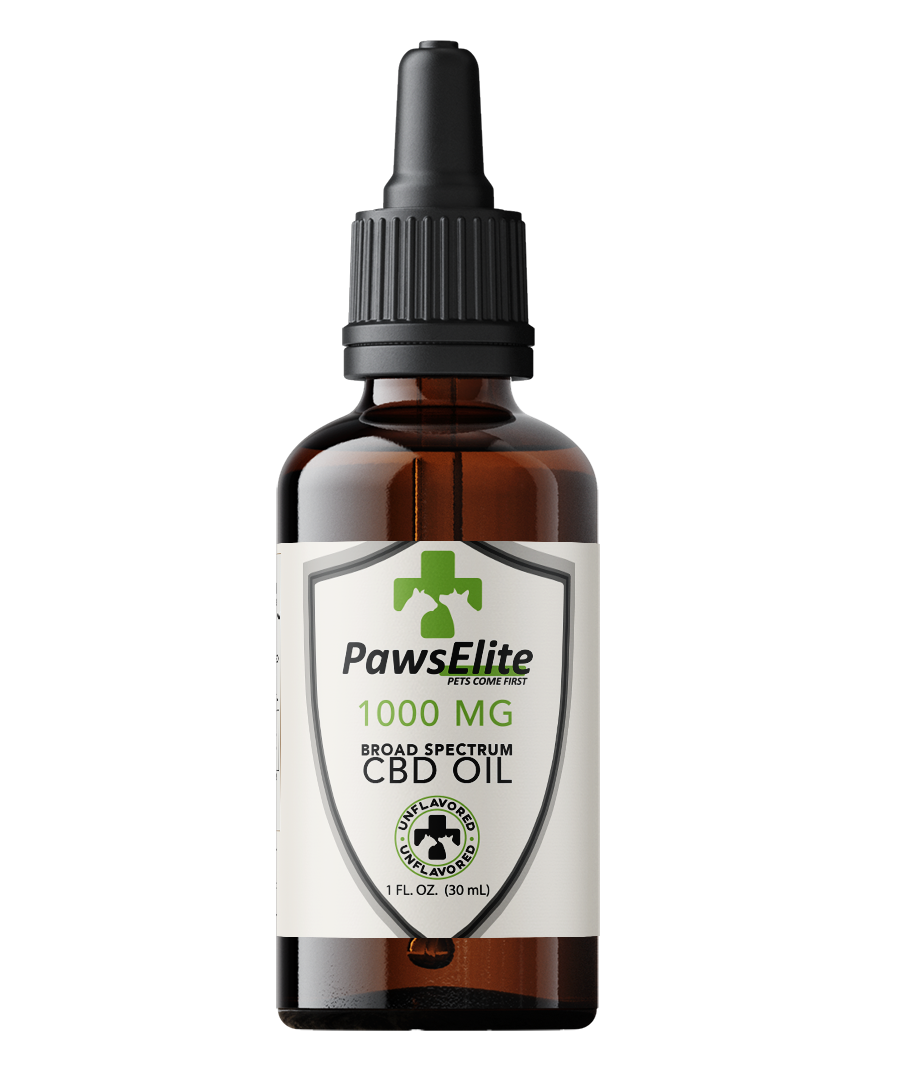Top 4 Features To Look Out For With Pet Insurance
Share
Most of us know that looking after your pet can be expensive, especially when things don’t go according to plan. Having pet insurance is an essential consideration for every pet owner, offering peace of mind by easing the costs associated with visiting the vet. As pet care costs rise, choosing the right insurance policy is something many of us look for. However, this can often feel overwhelming due to the sheer choice of options available, making it a less than simple choice, especially if you are new to pet ownership.
To help with this choice, below are 4 features every pet owner should look for in a pet insurance policy. From understanding what is covered under different plans to knowing the details of excess fees and exclusions, choosing a pet insurance policy that covers everything you need requires careful consideration, made much easier when you know what to look for.
You want to get the best possible protection for your furry friend, so hopefully the information below will help you make a clear, informed decision, rather than a rushed one.
# 1 – Coverage Options
Understanding the various coverage options available is one of the most important aspects before choosing a policy. Many pet insurance plans differentiate between various types of coverage, such as accident-only plans, which are typically the most affordable, and comprehensive plans that include much more coverage including accidents, illnesses, and sometimes even wellness and preventive care. Some policies may also offer additional coverage for other things your pet may need such as dental care, behavioural therapy, and alternative treatments like acupuncture or chiropractic care.
Every pet is different, so which you choose will depend on your pet’s specific needs, such as their age, breed, and general health. For instance, older pets or breeds that are prone to hereditary conditions might benefit from a more inclusive lifetime policy that covers pre-existing conditions and ongoing treatments. For a young, healthy pet, you might think about something more basic that primarily covers accidents and emergencies.
The choice is ultimately yours, but you should carefully assess the coverage available. Policies with lifetime cover can have no upper age limit and consider pre-existing medical conditions. By carefully comparing your coverage options, you can ensure that you're not paying for unnecessary coverage, while still protecting yourself against potentially high veterinary costs.
# 2 – Excess Fees and Premiums
The amount you pay before you can claim on a pet insurance policy is another significant aspect to consider. The excess fee is the contribution you are required to pay towards each claim made on your insurance policy. If you go for a higher excess this can lower your premium, which is the total cost of the insurance per year or month. However, this will mean you need to pay more upfront every time you do make a claim. So, whilst it can be tempting to make the overall cost cheaper, check you are happy with the excess fee you’ve chosen. As per advice from Money Helper, you may want to choose a policy that charges one fee of between £50 - £100. You’ll also want to look out for policies that state they charge no compulsory excess, keeping your cost per claim as low as possible.
Premiums vary widely based on things like your pet’s age, breed, health condition, and the level of coverage you select. Taking a well-balanced approach to choosing between affordable premiums and manageable excess fees is a good way to go. For example, younger or generally healthy pets might not require frequent visits to the vet, so a higher excess and lower premium could be a cost-effective choice for you. However, older pets or those with existing health issues might benefit from a lower excess to reduce the financial burden of regular treatments. In both situations this is where lifetime cover can be more beneficial so no matter if you have a puppy or kitten or a senior dog or cat, you’ll get peace of mind.
What fits your budget will be a big consideration, so only choose a higher excess if this is affordable, otherwise, you’ll have to pay out a lot more upfront if something unexpected happens.
# 3 – Exclusions and Limits
It wouldn’t be insurance if there weren’t some form of exclusions and limits, and pet insurance is no different. These determine what is not covered under your policy and the maximum amount the insurer will pay. Common exclusions may include pre-existing conditions, hereditary conditions (unless covered by a more comprehensive plan), and specific breeds that are prone to certain health issues. Additionally, routine check-ups and preventive care might not be covered unless you opt for a wellness add-on.
Policy limits can be set per incident, annually, or over the lifetime of your pet, affecting how much you can claim for specific treatments or conditions. For example, lifetime cover from leading pet insurance provider Petgevity enables you to choose a vet fee limit of up to £15,000 annually depending on your pet’s needs. This is with no upper age limit and whilst considering pre-existing conditions your pet may have.
To avoid surprises, it’s best to review the terms of any pet insurance policy before going ahead. Pay particular attention to the list of exclusions and the detailed explanation of limits. This will help ensure that you choose a policy that aligns with your expectations and provides adequate financial protection for your pet’s health needs.
# 4 – Reimbursement and Claims Process
The last thing you want is a policy that looks great but makes it very difficult to claim. The reimbursement process should be straightforward to do, but some providers may make you jump through more hoops than others.
How much you will be compensated for vet bills and how smooth the claims procedure is should be a key consideration. Reimbursement levels typically range from 70% to 90% of the vet bills, depending on the policy you choose and how much excess you want to pay. Having a higher reimbursement rate may result in higher premiums, but it can significantly reduce the financial burden during expensive medical treatments.
Understanding the claims process is equally important and is worth spending the time reading up about. Reading customer reviews can be a quick way of seeing if policyholders have had a good or bad experience with this. Some insurers may make it simple by sending direct payments to veterinary practices, which doesn’t require you to pay upfront and wait for reimbursement. Most commonly you will need to pay the vet first and then submit a claim with your insurer, which can involve paperwork and possibly a waiting period for funds to be returned.
When comparing pet insurance policies, consider how claims are submitted and how long you can expect to wait to process claims. Choosing an insurer known for its good customer service and straightforward claims process can make the experience much less stressful and ensure you can get your money back quicker.
Always Make An Informed Decision On A Policy
As long as you keep in mind the above, considering the key features that will affect both how much you will need to pay and the level of care your pet receives, you can make an informed choice on pet insurance. All pet owners want to trust that their pet is protected in the face of unexpected health issues and that they won’t have to choose between their finances and helping their pet recover.
If you are unsure about pet insurance, remember it is not compulsory to have. However, if your pet were to become ill, could you afford to self-insure and rely on your savings alone? If looking for more support, charities such as the PDSA and the RSPCA can help provide further advice on pet healthcare costs here.







